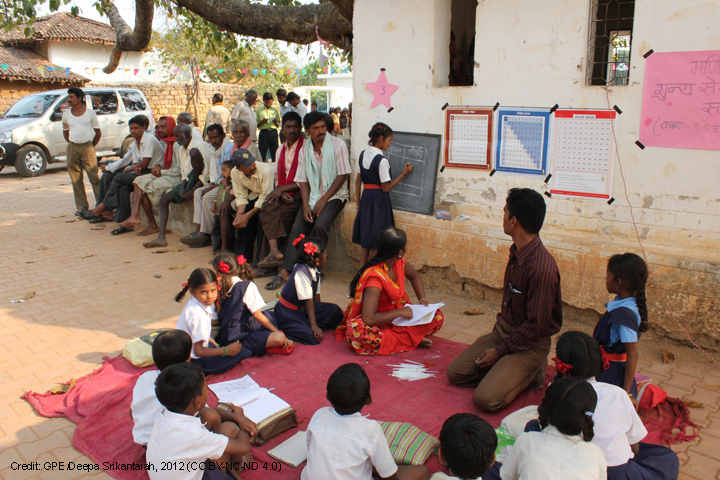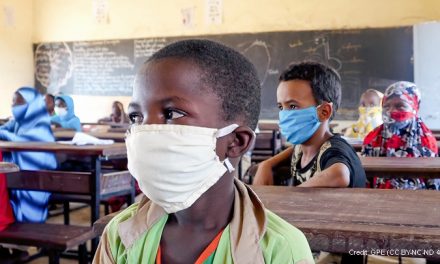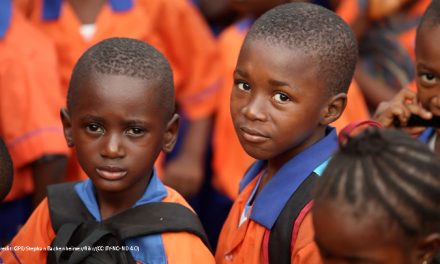In this blog, Yulia Nesterova and Michele Schweisfurth showcase research findings exploring educational opportunities in urban neighbourhoods presented at the 65th Annual Meeting of the Comparative and International Education Society. The blog was originally published on the Centre for Sustainable, Healthy and Learning Cities and Neighbourhoods (SHLC) website on 19 May 2021.
We often look at cities as places of hope. They offer a promise of increased opportunities and better access to services, as well as of innovation and productivity that accelerate economic growth and eradicate poverty.
In formal education, for example, the difference between urban and rural schooling is stark: urban children’s attendance and completion rates are much higher while drop-out rates are much lower than of children in rural areas. That is one of many factors that can motivate people to migrate to urban centres to improve their life chances.
But cities are not homogenous places where everyone has similar prospects or faces similar disadvantages. They consist of diverse neighbourhoods that, as our research shows, have different resources, infrastructure, opportunities, benefits, and networks. It is these different neighbourhoods that shape what opportunities and life chances are accessible to us.
This year, our team spoke about educational opportunities across the neighbourhoods of different income of Dar es Salaam, Delhi, and Dhaka at the 65th Annual Meeting of the Comparative and International Education Society.
Our key objective was to showcase to the conference delegates the importance of studying local structures and opportunities to understand how spatial inequalities play out in accessing formal education services. For each neighbourhood – ranging from ultra-poor to high income, we presented data on:
-
availability and coverage of schools – how many schools of each level and by different provider (public, private, NGO-run, or faith-based) each neighbourhood has
-
quality and availability of resources and support – such as infrastructure, equipment, teachers, and extracurricular activities
-
physical accessibility of schools – how close they are and how each it is to get from home to school (for example – the availability of transport and the quality of paths and roads)
Despite having some of the best and most renowned schools in their respective countries, these cities are extremely unequal. Our data show that as a result of this inequality, availability, accessibility, and quality of schools vary significantly across neighbourhoods. And existing infrastructure, the built environment, and local interventions in each neighbourhood sustain spatial segregation.
Ultra-poor, low, and low-income neighbourhoods struggle the most in terms of accessing all levels of state-funded education. They often depend on free of charge schools run by NGOs and religious institutions that tend to be under-resourced and have unsustainable funding. It is thus children from these neighbourhoods who miss on the benefits formal education can offer – a situation that contributes to trapping many residents in the cycle of poverty and low socio-economic conditions.
However, neighbourhoods from middle income to high income face a range of challenges, too. While children in such neighbourhoods may generally have access to better-resourced and higher achieving state schools, some of such areas have poor availability of schools, old and unsafe classrooms and buildings, and other issues. They also increasingly rely on private schools inside and outside their neighbourhoods that people living in poorer clusters cannot afford.
The presentation slides (download via link above) show some very good examples of educational inequalities in the three cities.
By focusing on such localised and nuanced data, we believe we can move away from working with very general education policies to policies that are customised to local realities and priorities to be able to achieve support Sustainable Development Goal 4 on quality education.





